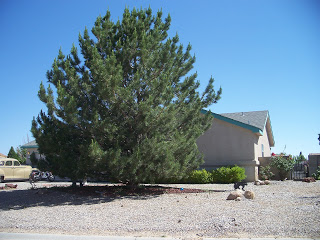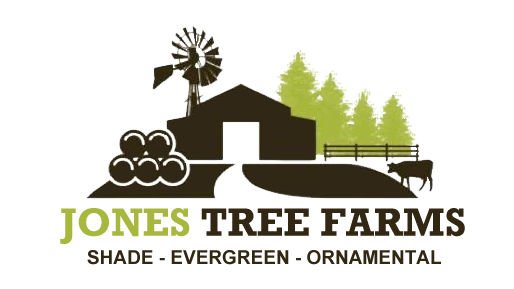Blog
-
Posted by Super User
The Ponderosa pine or western yellow pine, may have the most well-known name of any tree. It rings a bell with millions of people world wide who may not have seen the tree or even known it is a pine. But it was made famous by the popular television show Bonanza. Ponderosa is Spanish for ponderous (heavy, enormous), a name given for the tree's huge size at maturity.
This western pine bears bundles of two to three persistent needles from 5 to 11 inches long. They are an attractive yellow-green. The ponderosa pine grows as a narrow pyramid when young, then develops a bare trunk with a cluster of branches at the tip forming a cone or flat-topped crown. It reaches more than 100 feet in ideal conditions.
This pine is easily transplanted and prefers a deep, moist, well-drained loam. It needs full sun and is tolerant of alkaline soils.
-
Posted by Super User
Eastern red cedar tree is the common upright juniper of North America. It is a highly variable plant, but always forms a relatively conical silhouette of up to 50 feet. Many choice selections are popular in landscaping.
The species generally has dark green, scalelike needles that persist throughout the year, although they may take on a reddish tinge in winter. Cultivated forms have been selected that remain the same shade year-round. The berries, borne on female plants only, are blue. The attractive reddish bark, peeling off in long strips, is most visible on mature specimens.
The eastern red cedar requires full sun to grow well and prefers rich, moist, well-draining soils. It is, however, surprisingly adaptable and will even thrive on poor, gravelly soils. It appears to do equally well in acid or moderately alkaline soils. The plant can be pruned as needed.
This tree offers a wide range of uses. It is most popular as a columnar tree for landscape planting, but is also excellent for hedges and screens, even for topiary. It is also quite tolerant of all conditions. The wood is highly valued for its rich red color and fragrance.
-
Posted by Super User

The Austrian Pine or Black Pine (Pinus nigra) is a tree with strong character and visual interest. Pinus nigra is a native tree of the Mediterranean region, from southern Europe into Northern African and Western Asia.
It grows up to 1′-1.5′ per year reaching 25′-35′ tall and 15′-25′ wide. It usually grows with a rounded conic form, becoming more irregular in older trees.
The Austrian Pine has a lifespan of several hundred years with some trees living over 500 years. It is best grown in full sun on a well-drained soil. The Austrian Pine can also be grown on light clay soils with good drainage. This tree does not tolerate shade. The trunk bark is greyish to yellow-brown, and fissured.
The Austrian Pine is a great landscaping tree. Even when young and small they are considered cute and have a dense canopy. If the lower branches are left in place the Austrian Black Pine makes a great screen or visual barrier. If planted in clumps their dense growth is ideal for wildlife.
Although often planted as an ornamental, the Austrian Black Pine produces a dark shade canopy so should be considered when looking for shade producing trees.
The Austrian Pine is much less susceptible to diseases that affect other pines like Pinon Needle Scale or Pine Tip Borers. This Pine is best grown with low to regular water and is Hardy to USDA Zone 4.
